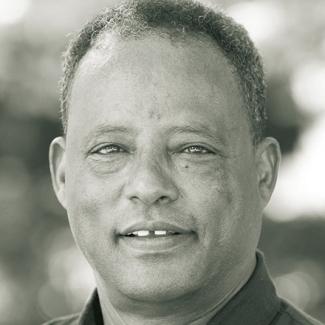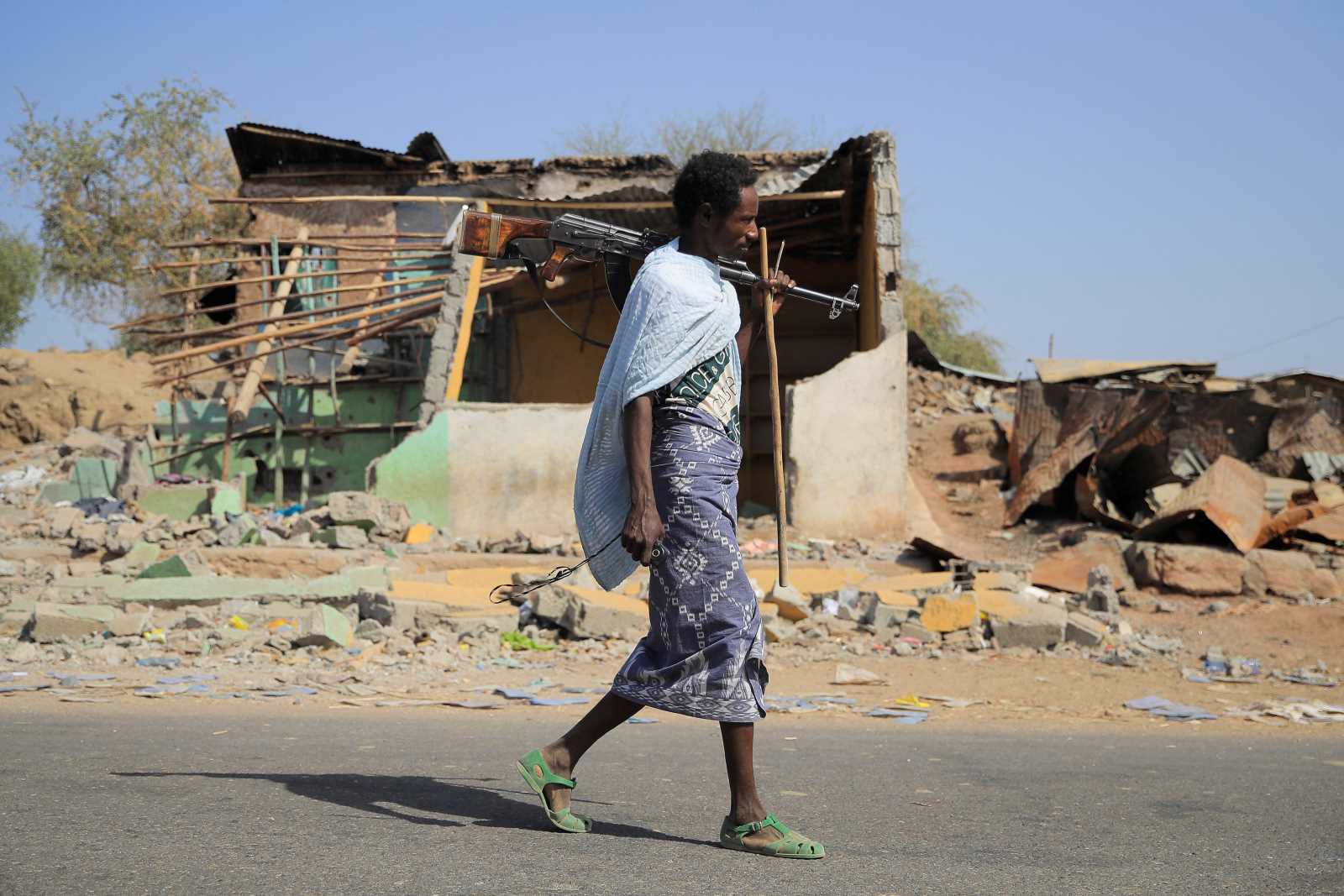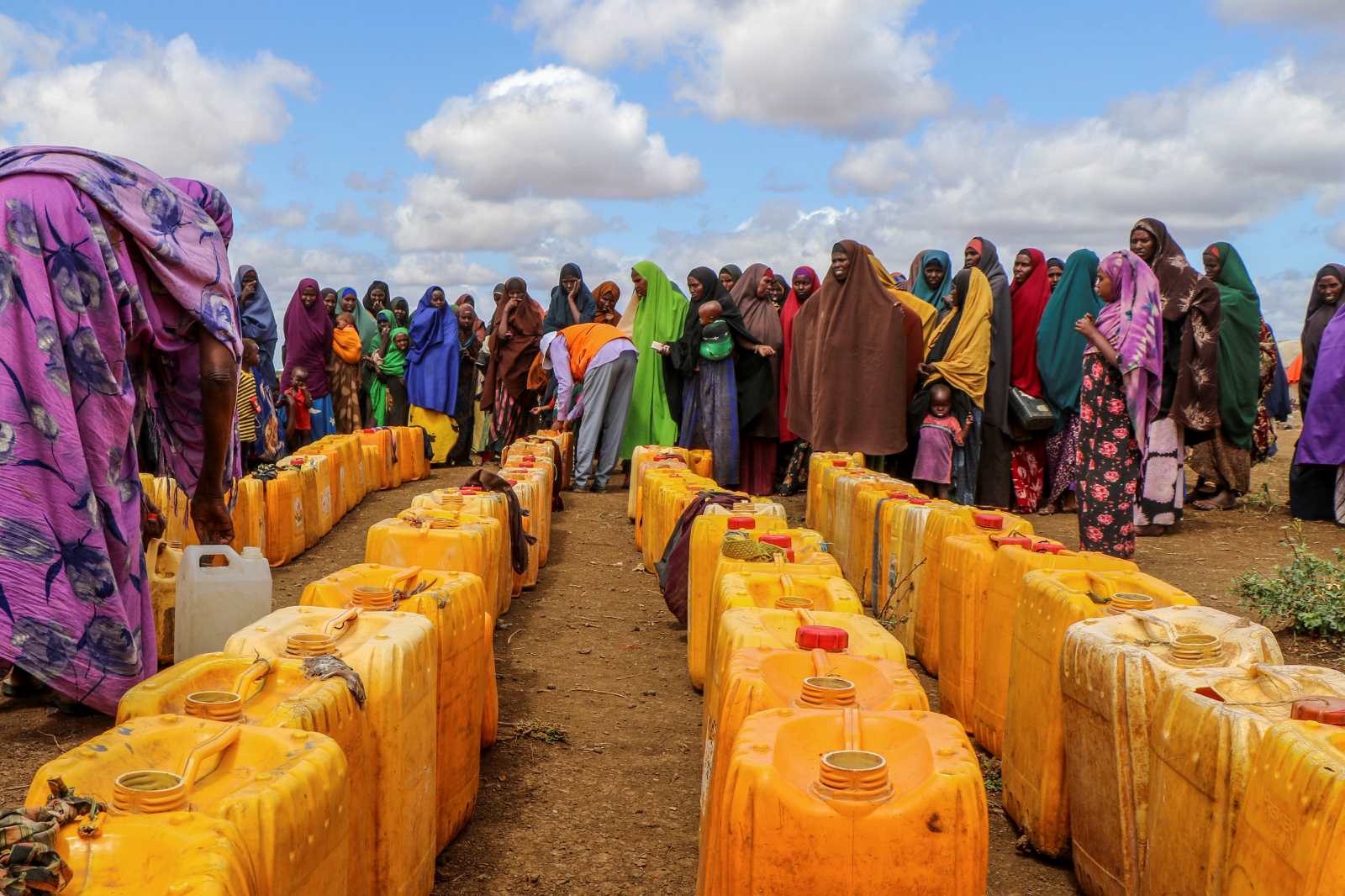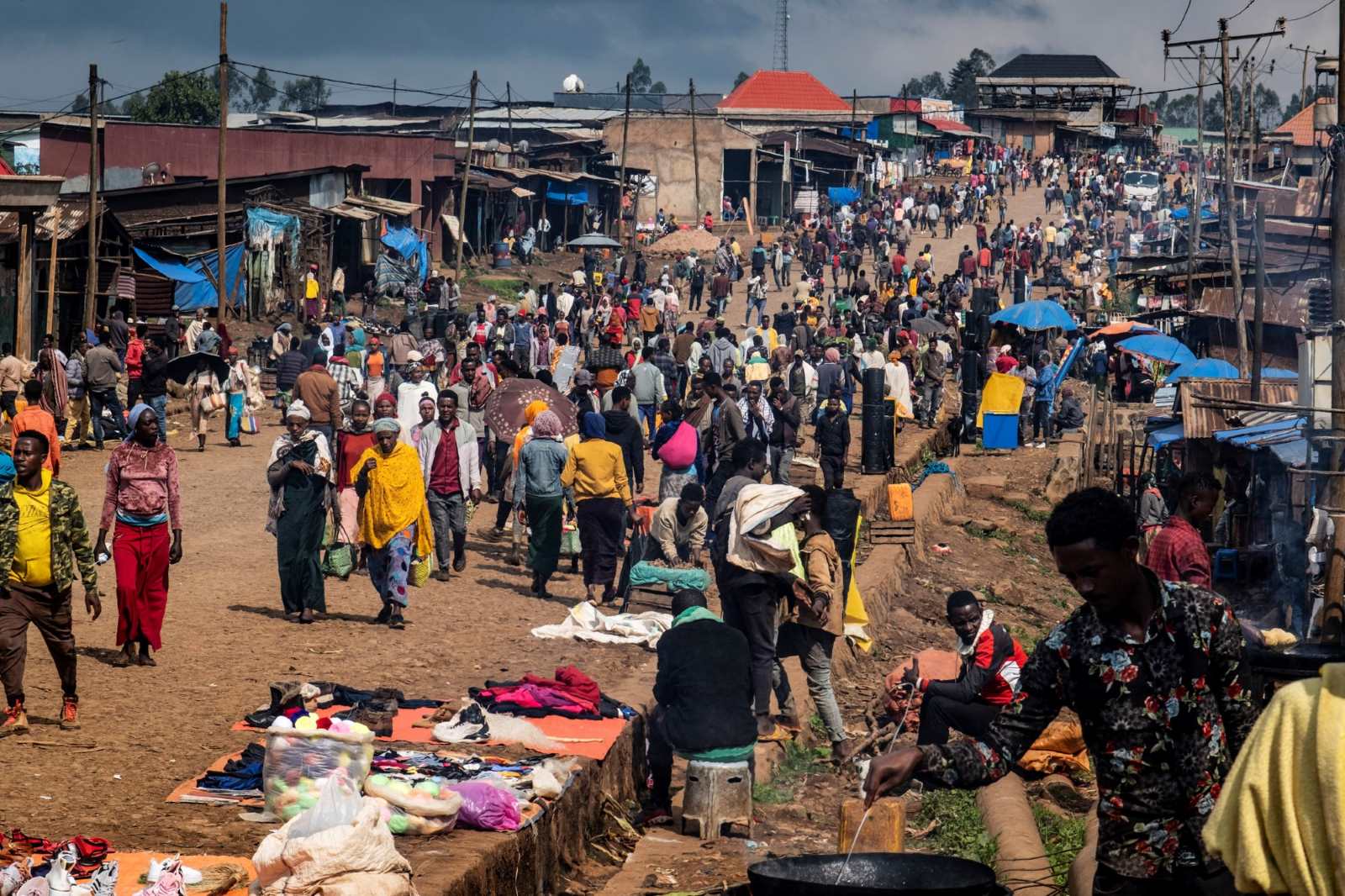Electromobility
Ethiopia backs electromobility
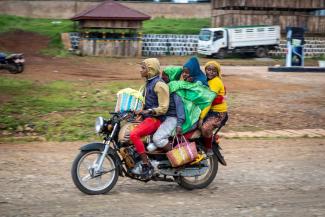
In February, Ethiopia presented a plan that was as surprising as it was courageous: the country’s transport minister announced that future imports of cars powered by pure internal combustion engines would be prohibited. Hybrid engines will continue to be allowed. No other country has yet gone this far.
International media called it a prime example of “leapfrogging”, a term widely used in development policy to refer to a country skipping “development stages” and moving straight to more advanced solutions.
It would not be the first time for Ethiopia. Today, even in the remotest villages, people have Chinese smartphones or at least old Nokia cell phones. Very few have ever held a landline phone in their hands.
Ethiopia’s leap towards electromobility is made possible by the huge amounts of electricity the country produces from renewable energy. It has a similar energy mix to Norway: 95 % of its electricity comes from hydropower.
Africa’s largest hydroelectric power plant is located at the Grand Ethiopian Renaissance Dam (GERD), which spans the Blue Nile in the north-west of the country. Its output is expected to reach around 6,000 megawatts – comparable to the world’s largest nuclear power plants. The rest of the electricity in Ethiopia is supplied by wind. Fossil-fuelled power plants are virtually non-existent.
Need rather than principle
Ethiopia’s move to embrace electromobility is driven more by need than by principle. It is not just about protecting the climate and the environment but also about a shortage of petrol and diesel. The high fuel price has recently intensified poverty in the country.
With no direct access to the sea, Ethiopia faced a $ 4.2 billion bill for imported fuels in 2022. To put this into perspective, the national budget this year is $ 15 billion. Fuel consumption has become a growing burden on the economy – including the public sector, because petrol and diesel are heavily subsidised by the state.
In 2023, the multiple crises of recent years forced the government to cut those subsidies. From 2020, the Covid-19 pandemic set the economy and society back. Then a two-year civil war in the north paralysed the country after a power struggle escalated between the renegade regional government in Tigray and the national government in Addis Ababa. A peace agreement was finally signed in November 2022.
What is more, many districts in the country, especially in the south, continue to be affected by endless droughts as a result of the climate crisis. The district of Abaya, for example, experienced an unusually long dry season for the third time in a row in 2023, followed by heavy rainfall. The harvest was poor.
That problem was compounded by Russia’s attack on Ukraine, which hindered grain imports. As a result, basic food prices soared. The cut in petrol and diesel subsidies also made life harder. The price of fuel doubled within a year and the higher transport costs had a knock-on effect on food prices.
Inflation was officially around 30 % nationwide in 2023. But in some regions, the price of certain staple foods has risen by 50 % to 60 % within a year. This places an extreme burden on the poorest families in particular. Practically every cent they earn goes on food.
Ten million donkeys
This is the case, for example, in Hambela Wamena, a district with 200,000 inhabitants in the south of the country. It is hard to imagine how electromobility will work here – and not just because of the high cost of a car. Outside the main town, hardly any settlement of the district is supplied with electricity. There are also no paved roads, only dirt tracks. People mainly travel on foot. The privileged have a donkey to carry their loads. Across Ethiopia, there is only one car for every hundred inhabitants but there are around ten million donkeys – more than in any other country.
Half of Ethiopia’s 1.2 million motor vehicles honk and creep through the smog and congested roads of the capital Addis Ababa. Electric vehicles, mostly from Chinese factories, are already becoming increasingly present here.
However, most of the country is less like Addis Ababa and more like Hambela Wamena. There is no industry, virtually no skilled craft sector, hardly any commerce. Practically the entire population lives off subsistence farming. Many suffer from hunger.
Before Ethiopia can successfully switch to electromobility, the rural population must achieve a decent standard of living. This requires, at the very least, sufficiently reliable data on rural life to provide a basis for prudent political decisions and sustainable development projects.
Getachew Zewdu studied business administration at Freie Universität Berlin. He works as a country representative for the Swiss foundation Menschen für Menschen (www.mfm.ch) in Addis Ababa.
info@mfm.ch
